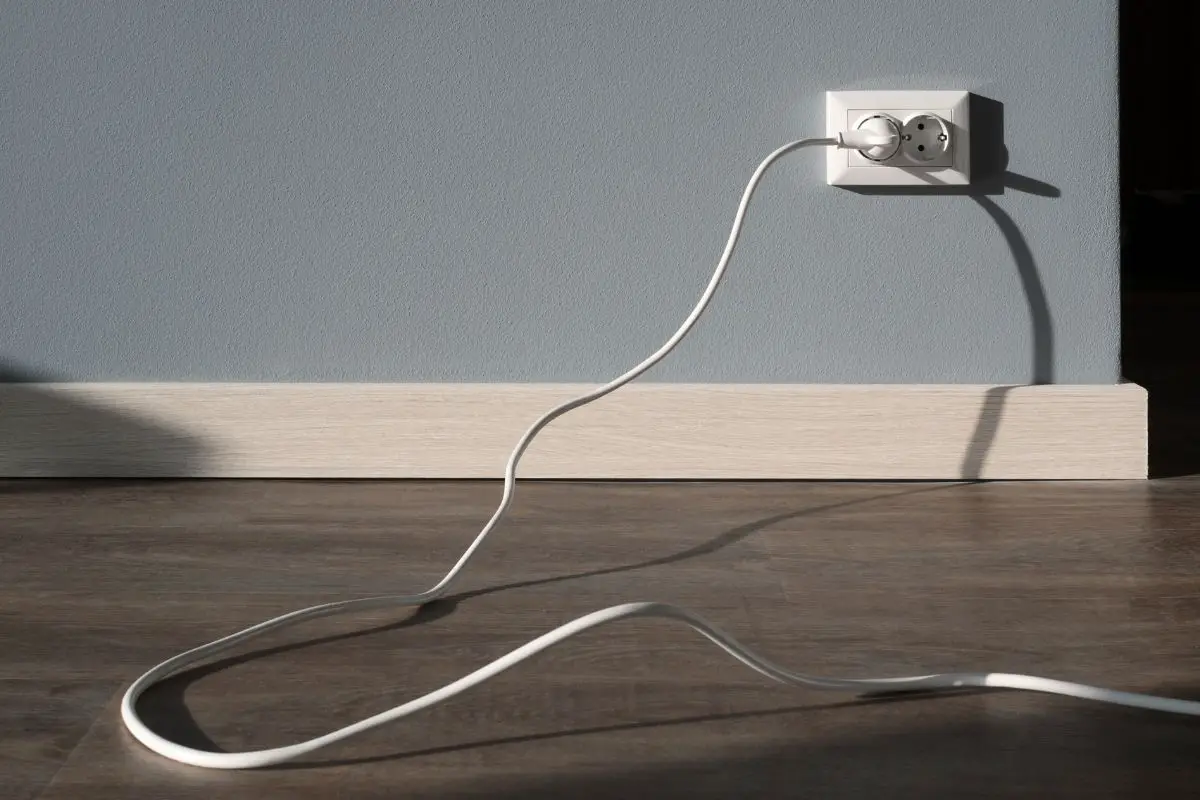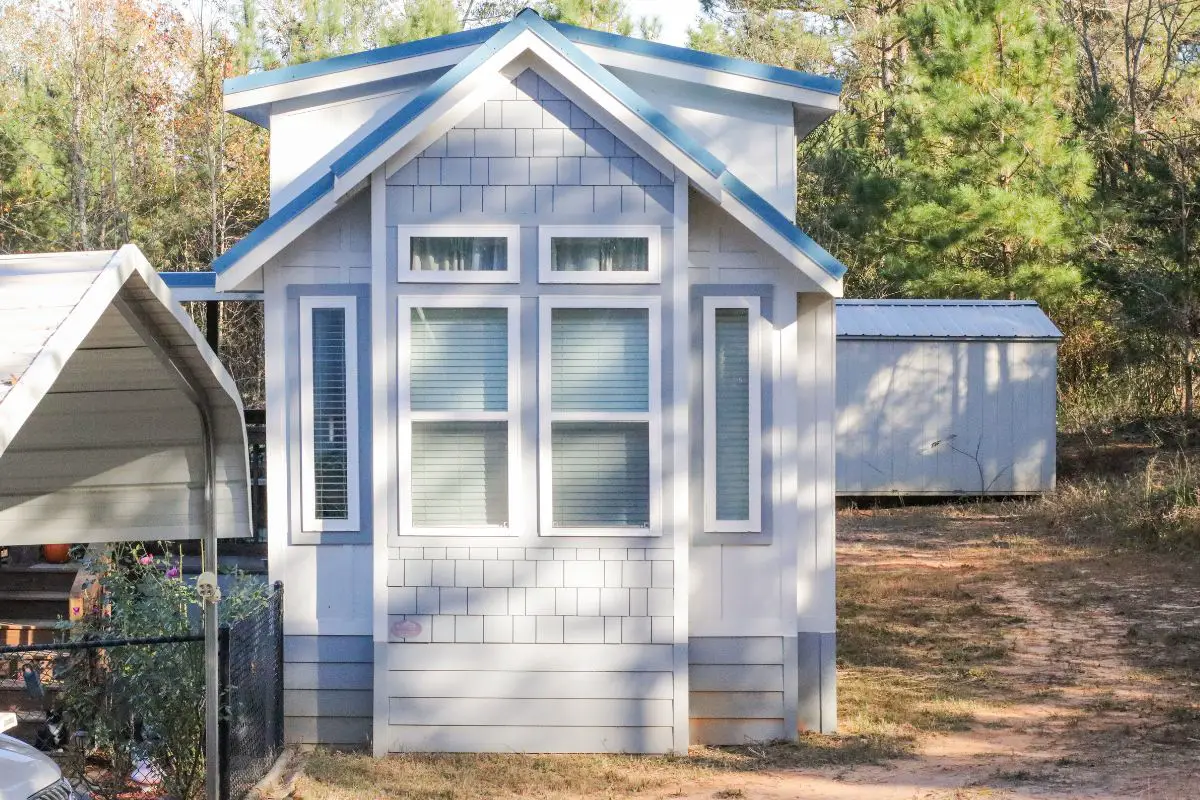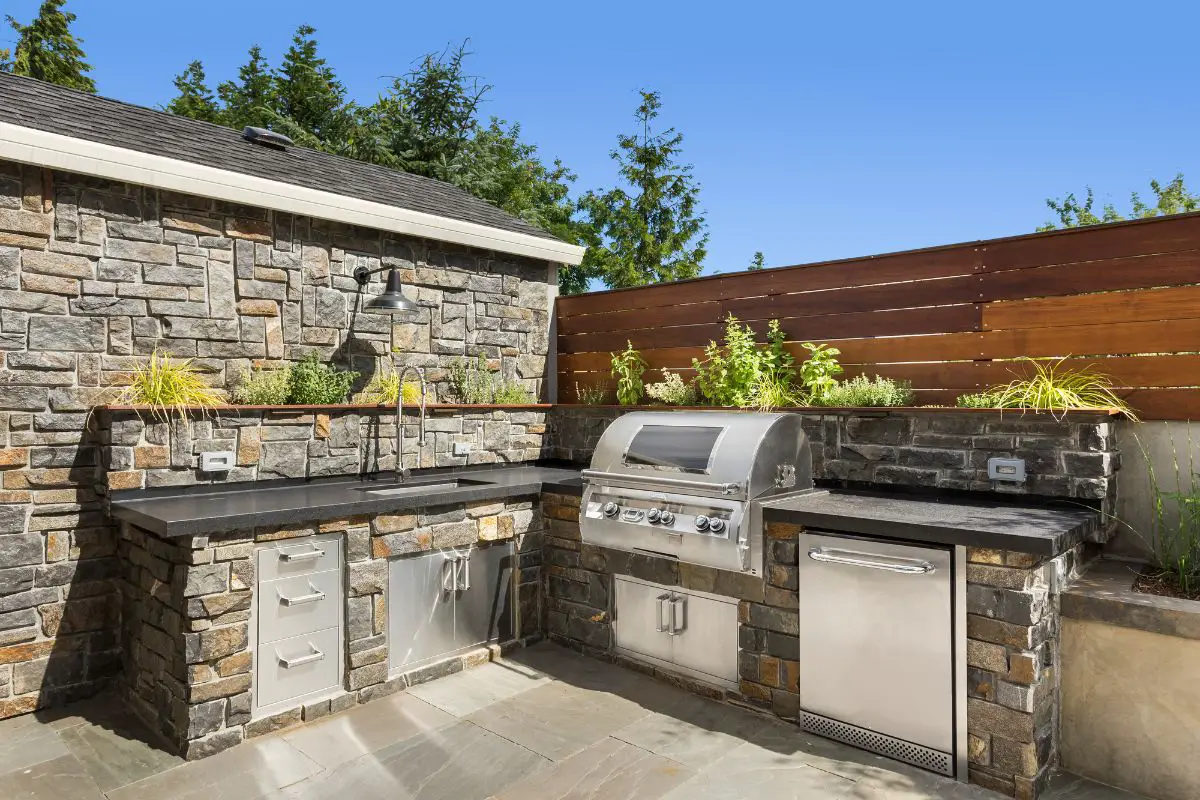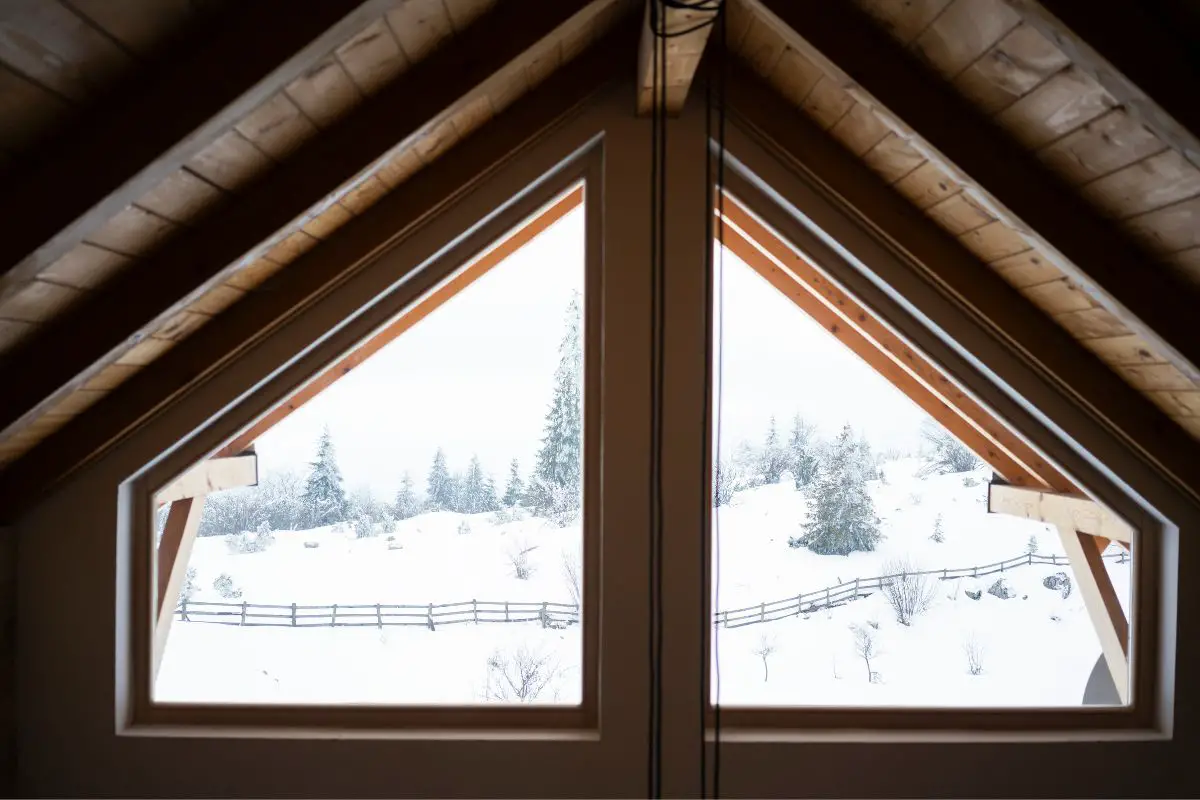When building or decorating, it’s the small details that can elevate your house from a nice place to live to a beautiful home.

The finishing touches to the layout and decor are just as important as the major renovations are and one way your finish can let you down is by having messy cords and cables everywhere.
Cords are inevitable in modern homes as we all have so many appliances that require power. Whether it’s a TV, air conditioner, or lights, you may well find yourself with some cords on the wall and this can ruin your decor.
Thankfully, there are many ways to hide cords that are both functional and aesthetically pleasing. In this article, we will introduce several methods to hide cords ranging from quick and easy to some that may require a little DIY.
Custom Built Cabinets
One of the best ways to hide any cords is to create custom-built cabinets. You can design the cabinets to fit your space and not only cover your cords but also fit around the appliances they feed into.
This is especially a wonderful idea for wall-mounted TVs. You can use the cabinet to hide cords and plug sockets while also providing some extra storage space for accessories such as video game consoles, Blu-rays, or games.
The cabinets can also be used to display your favorite ornaments or photos.
Trunking
Trunking can be used to hide any and all cords that are on your walls. Trunking is a small cover, usually made from plastic, that can be installed onto your wall to cover the cords.
They’re easy to install as usually you only need some silicone sealant and self-adhesive pads to keep them in place.
There are many different options when it comes to trunking. The most common are square-shaped and colored white, but you can also find trunking that is half-round or quarter-round.
Some trunking is made from galvanized steel and this will look great in any room that has a more industrial or modern look.
When you choose your trunking, you should double-check the size compared to the size of your cords. Most cords will fit in trunking, but some cords such as some brands of HDMI cords, may be too thick.
Hide Cords In The Wall
When you’re building or renovating, think about the cords that are going to be in your room and where they are going to be placed.
Including cords in your plans so that they are hidden in the walls instead of on your walls will solve your problem and will ensure that your home has a luxurious finish.

Think about where your appliances are going to be placed and where this is in relation to power outlets. This should give you an idea of where your cords will be when your room is finished.
You can then make plans to run the cords through your walls and open up small spaces for them to feed through to your appliances.
Of course, if your renovations are finished or you don’t have any planned at all, you might not want to open up walls just to hide some cords!
Wood Paneling
A popular trend in current interior design is to use wood paneling or wainscotting to create a feature wall.
When combined with some well-placed lighting, wood paneling can give you a very stylish and classic-looking wall that can elevate any room.
Wood paneling is also a great way to hide cords (see also “How Much Is A Cord Of Wood?“)! Make sure that your cords are in place first and you can then cover them with some wood paneling. This will keep your cords hidden while also adding some style to your room.
Fabric Panel
This is similar to the previous idea and is another hot trend in interior decorating. If you want to get an effect similar to wallpaper without actually using wallpaper, then fabric panels are a great option.
Fabric walls are ideal when paired with home entertainment systems as well. With the right type of fabric, you can not only hide cords, but you can also hide entire speaker systems without any downgrade in your quality of sound.
Fabric will add some warmth to any room that has a cold vibe while also being immensely practical.
Match the color of the fabric so that it complements the fabric used for your furniture to really tie your room together.
You can create a minimalist feel with fabric walls by covering items such as cords and speakers.
Bookcase
Bookcases are commonly found in any room that needs cords and they can be easily used to cover cords.
Placing a standalone bookcase in front of cords that are attached to the wall is one of the easiest ways to cover cords that you can find.
However, if you’re a little more skilled, you can use bookshelves that are drilled into the wall as ways to cover your cords too.
These fixed bookshelves need brackets to keep them in place and will have wooden shelves fitted against the wall.
You can use the brackets and shelves as covers for your cord by running the cord alongside them.
Cable Ties
This last option may not be able to completely conceal your cords, but it can help to make multiple cords less messy. If you have multiple cords in the same place they can easily become tangled.
You can prevent the cords from looking like a jungle by using cable ties. This will keep your cords together so that they take up less space and look more organized.
Final Thoughts
In this article, we looked at several methods for hiding cords that are on your wall. We picked a variety of options and although some of them do involve planning and some DIY skills, others are straightforward to do.
- What Kind of Room Has No Doors or Windows? - December 1, 2023
- What is a Powder Room? - December 1, 2023
- What Is a Kitchenette: Exploring the Features and Benefits of a Compact Kitchen - December 1, 2023










